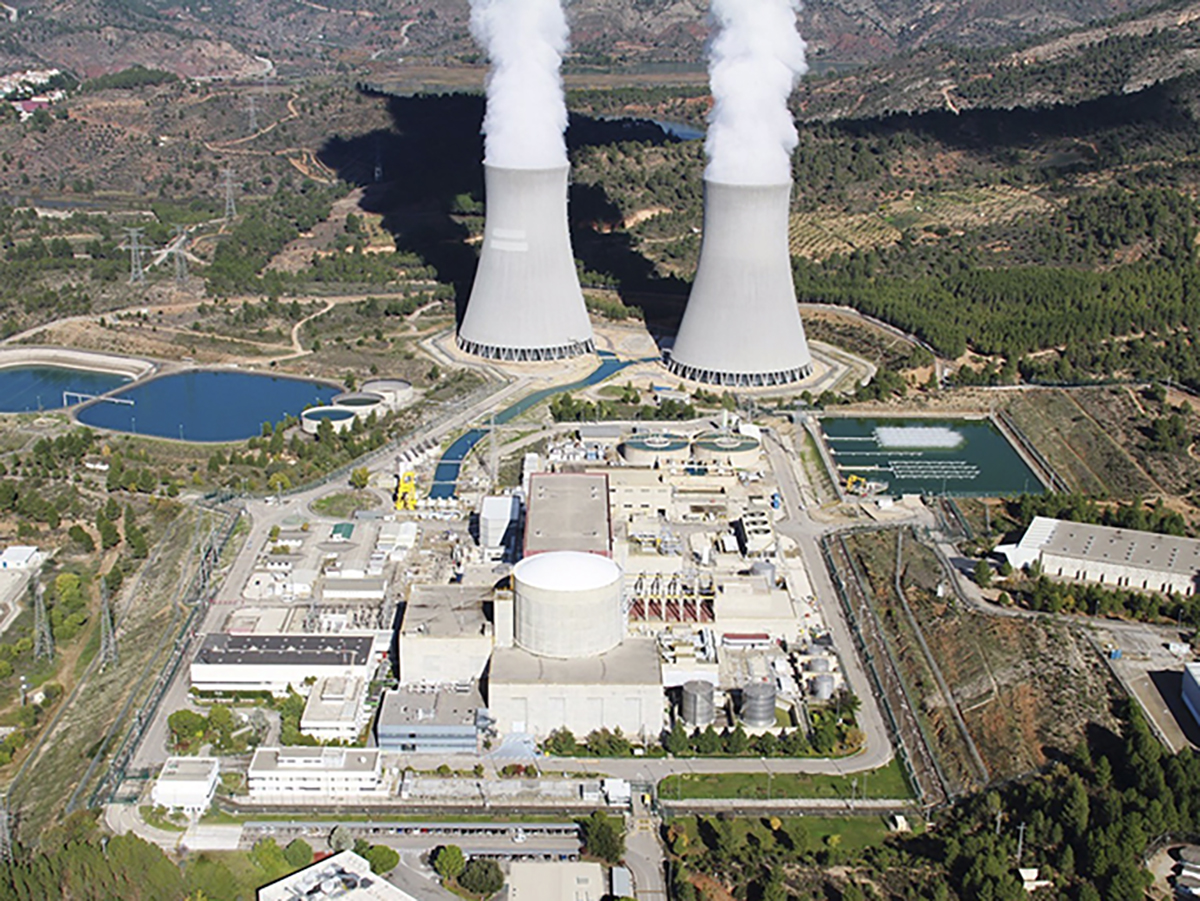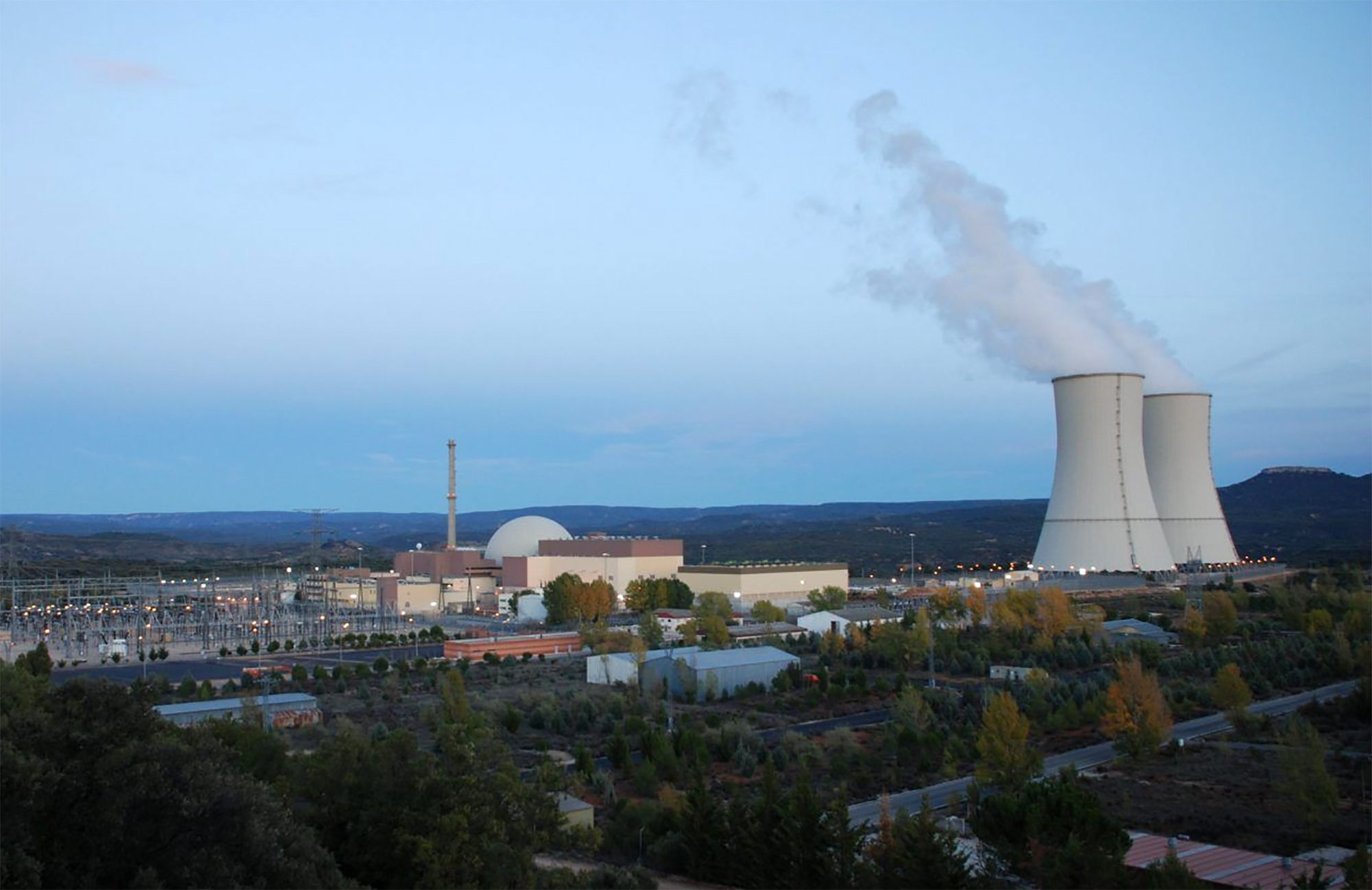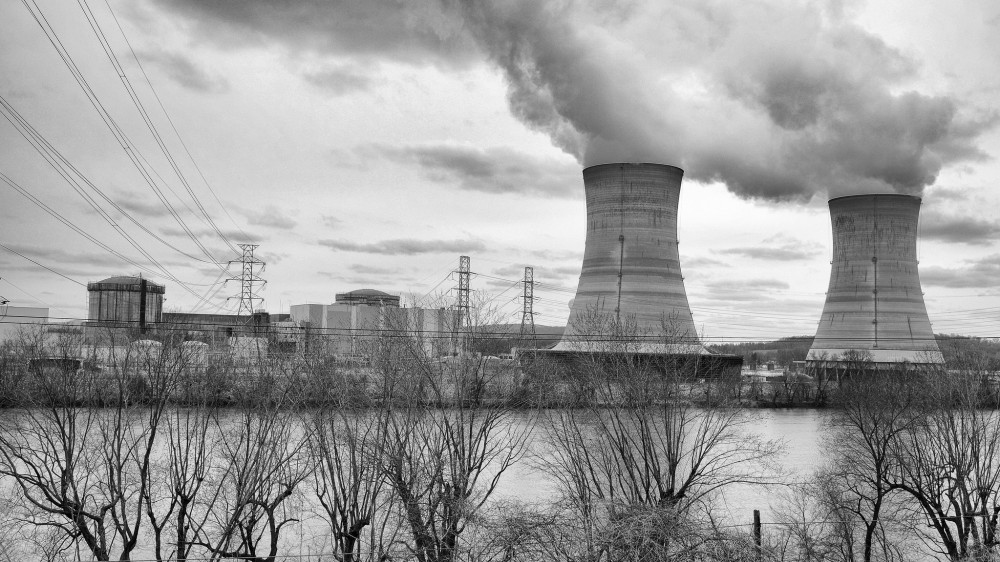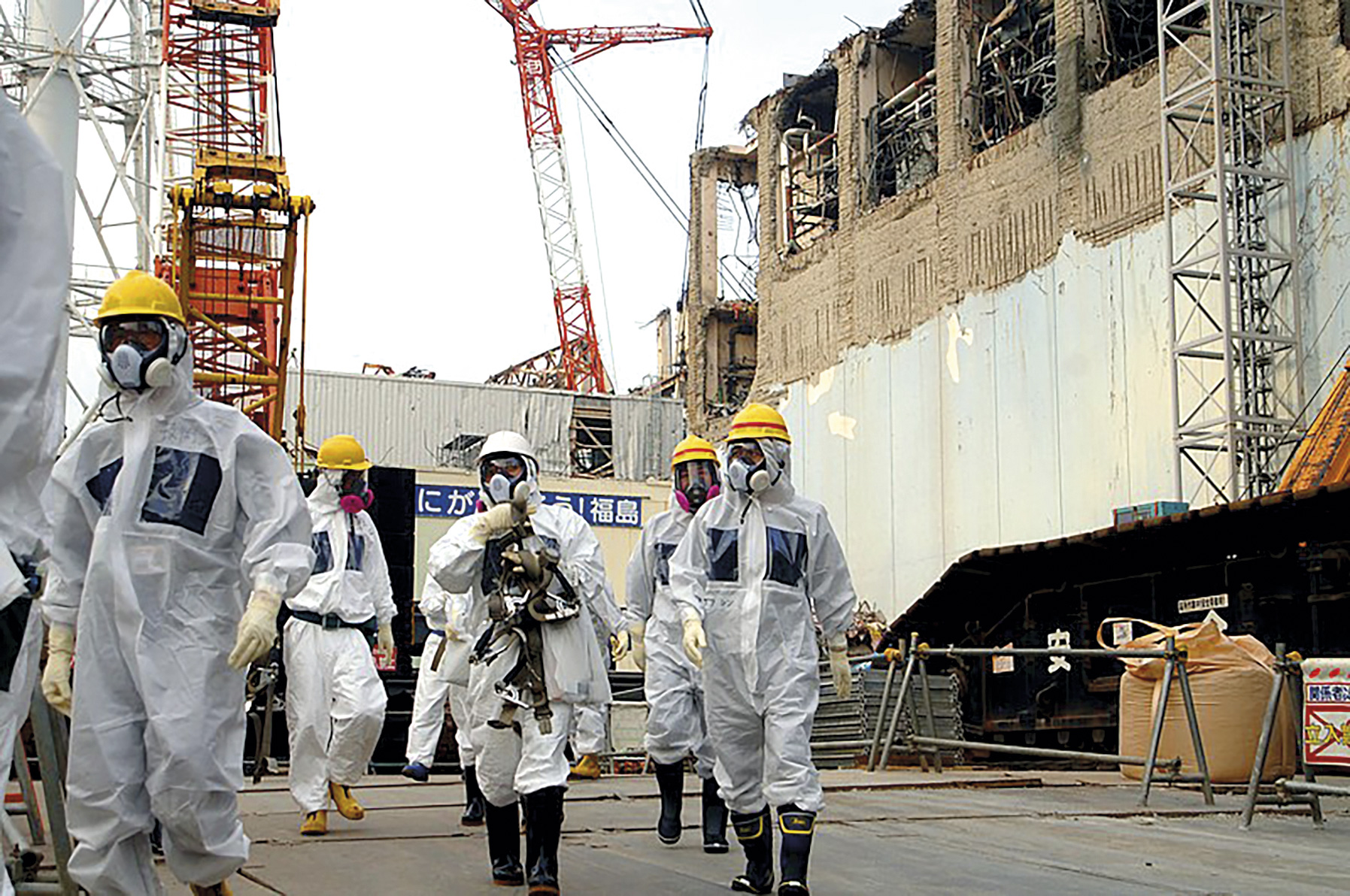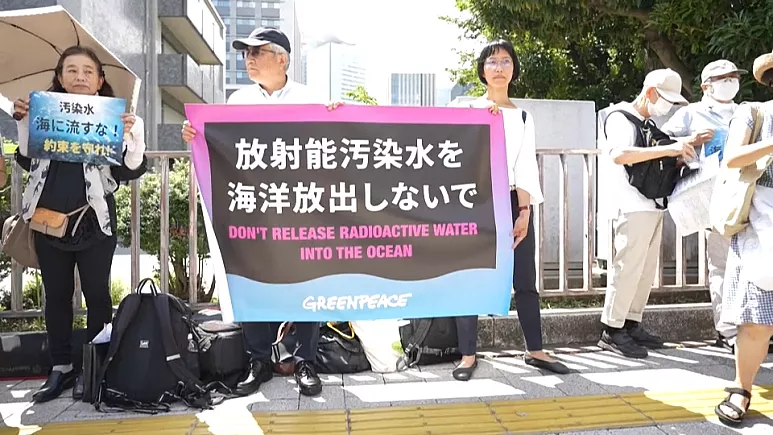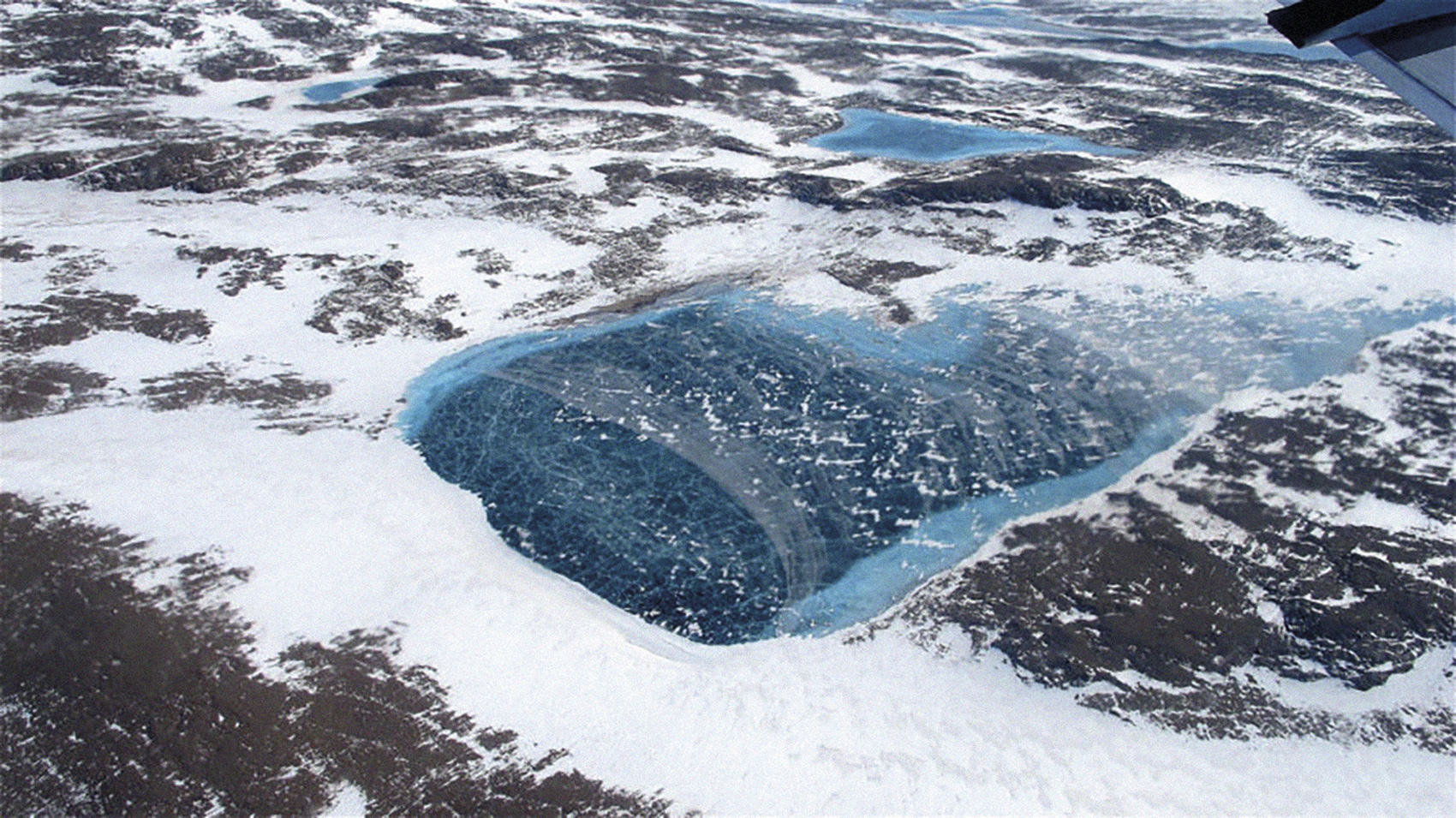Brussels places nuclear power among the activities of the green transition, again leaning under pressure from lobbies.
- On 31 December the European Commission notified the amendment, including nuclear and natural gas in the list of green transition activities. This is an important political decision that opens the way for public and private funding to deal with the climate emergency towards these polluting sectors. It is based on the eco-friendly carbon neutrality target for 2050, which cannot be achieved without drastic changes. As they do not want to change, the political authorities are multiplying this type of manoeuvre.

The European Commission has decided to classify nuclear energy as “energy for transition”, placing it alongside wind, hydro and other renewable energies. Natural gas has also been included in this new list. Although it seems incredible, the decision was not surprising, because it was known that many lobbies and strong states, placing the French state at the forefront, were making a great deal of public repulsion or pressure.
The scientific and the objective has largely been made more political in recent months and the change that was confirmed on 31 December, without any concealment in the text proposal sent by Brussels. Without any solution to remove the enormous pollutant waste from nuclear power, this energy source has not yet entered the “green taxonomy”. However, with the political commitment to achieving carbon neutrality by 2050, Europe must meet its target.
New installations with permission to build in 2045 and with authorisation to remain active before 2040 would be awarded the green label, provided that they have a waste management plan. This new classification will allow the nuclear sector to receive private and public funding to combat the climate emergency. There is a lot of money at stake: EUR 1,000 trillion between 2021 and 2027, only with the European Green Pact.
In principle and officially, they have a “scientifically” decision. The green taxonomy takes into account three criteria: to meet at least one of the six “substantial optimistic contributions” to environmental protection: to mitigate climate change; to protect and use water resources sustainably; to guide the transition in favour of the circular economy; to prevent and control pollution; to adapt to climate change; and to protect biodiversity and ecosystems; to follow the principle of no significant harm, not to harm other ecological contributions and to respect social rights.
“The Commission’s contempt for climate science, nature and adjacent generations is enormous. The European Parliament and governments must obstruct this decision,” says Greenpeace. Many non-governmental organisations and a few European states – Germany, Spain, Austria, Luxembourg, Denmark – were tested to curb change. In Debalda. The final version should be agreed by mid-January with contributions from the team of technical experts in financial sustainability who have participated in the composition of the taxonomy. The European Parliament now has four months to obstruct by voting. The European Commission can also oppose it if it appears twenty States against it. But on the one hand and on the other, there is little chance of blocking this victory of the nuclear supporters.
Lobbies in Brussels, working with
18 nuclear power plants and 56 reactors, have long been a defender of nuclear France. Firstly, because it is totally dependent: 70.6% of electricity is nuclear and is the second largest producer worldwide. President Emmanuel Macron has by his side the Eastern European states that are dependent on coal but must do without it. In March, the Presidents of the European Commission, France, the Czech Republic, Hungary, Poland, Romania, Slovakia and Slovenia sent by letter to the Presidents of the European Commission the request to expressly add nuclear to the green taxonomy.
Needless to say, the 2.5 million m3 of radioactive waste accumulated by Europe in the underground and at sea is not used as an argument (1.54 million m3 for France alone). The pressure is also enormous on the part of private actors in the nuclear and gas sector: Since 2018, they have EUR 86 million per year for lobby production in Brussels, with an average of 3 meetings per week. 825 people work in this work, according to the study of the NGO Reclaim Finance, which has ten employees in lobby work in Brussels with an annual budget of EUR 2.5 million.
Greenpeace explains in the document “The impartiality of the European Commission’s research centre due to links in the nuclear industry is in doubt” that nuclear supporters are included in structures that should, in principle, be neutral: “The capacity of the JRC Research Centre for the objective assessment of nuclear sustainability is questioned by the JRC’s structural links to the Euratom Convention, relations with the nuclear industry and the public statements of the centre members.” For example, the powerful Foratom lobby guides the training and recruitment of JRC staff. The European Commission has based itself on the “approval” of the JRC last year of the introduction of nuclear in the taxonomy verde.El “joker” of the energy
crisis The energy crisis suffered in
recent months has also facilitated this change. In fact, nuclear is presented as “indispensable” on the road to securing the energy supply. The chronicle “Crise énergétique et relance du nucléaire: an air of déjà-vu” by Le Monde is interesting. It explains in detail how and how the difficulties in electricity supply in the United States during the 1970s favored the nuclear sector. Atomic Energy Commission (AEC) was the first to spread the word “energy crisis” and publish the first books on this that supporters of nuclear power had. Today, the game of the energy crisis is spreading to the four winds in the same way and strategy. EDF, Macron or JRC, all in the same direction.
By the way, the arguments that served in their day to curb and pollute the rapid anti-nuclear movement, presenting ecologists as responsible for the crisis, and today will also serve to weaken the environmental movement that is spreading.
Espainiako Estatuko zentral nuklearrak itxi ez daitezen aktoreen presioak gora jarraitzen du. Otsailaren 12an Espainiako Kongresuak itxi beharreko zentral nuklearrak ez ixteko eskatu zion Espainiako Gobernuari, eta orain berdin egin dute Endesak eta Iberdrolak.









